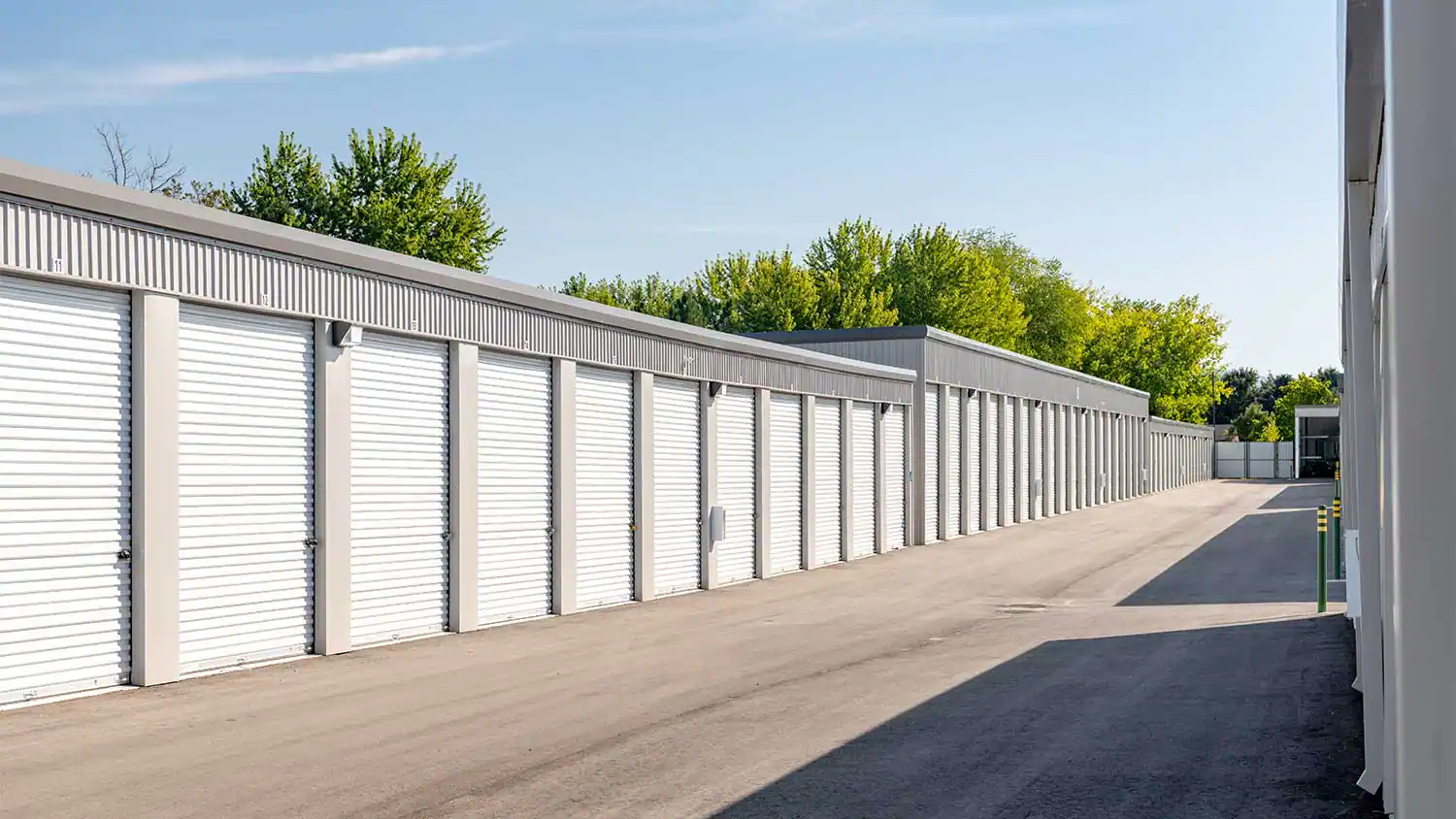Investing in storage facilities, also known as self-storage, can be a profitable investment opportunity for those looking to enter the real estate market. However, like any investment, it comes with its share of benefits and drawbacks.
Benefits of storage and self-storage investments:
- Steady income stream: Storage facilities can provide a steady income stream through rental income from tenants who use the space to store their belongings.
- High occupancy rates: Storage facilities typically have high occupancy rates, as tenants often sign long-term leases.
- Low maintenance costs: Storage facilities require minimal maintenance compared to other types of real estate, making them a cost-effective investment.
- Flexibility: Storage facilities can be used for a variety of purposes, including personal and business storage, providing flexibility to investors.

Drawbacks of self-storage and storage investments:
- Competition: The self-storage industry is highly competitive, with many new facilities opening each year.
- Location: The location of the storage facility can significantly impact its value and potential for rental income.
- Economic downturns: During economic downturns, demand for storage space may decrease, which can impact occupancy rates and rental income.
- Security: The security of the storage facility is important to tenants and may require additional investment to ensure safety and protect against theft.
The most lucrative benefit of investing in storage facilities is the potential for a steady income stream and high occupancy rates. The cap rate, or the ratio of net operating income to property value, should be evaluated to ensure a good return on investment. Generally, a higher cap rate indicates a better return on investment, but this can vary depending on the location and condition of the property.
There is a moderate level of risk involved in investing in storage facilities. Competition, location, economic downturns, and security are all factors that can impact the value and potential for rental income.
People typically invest in a variety of storage facilities, including indoor and outdoor facilities, climate-controlled facilities, and boat and RV storage. The specific type of storage facility depends on the investor’s goals and market conditions.
In conclusion, investing in storage facilities can provide a steady income stream and flexibility to investors. However, careful evaluation of the property and market conditions is necessary to minimize risk and maximize returns.


